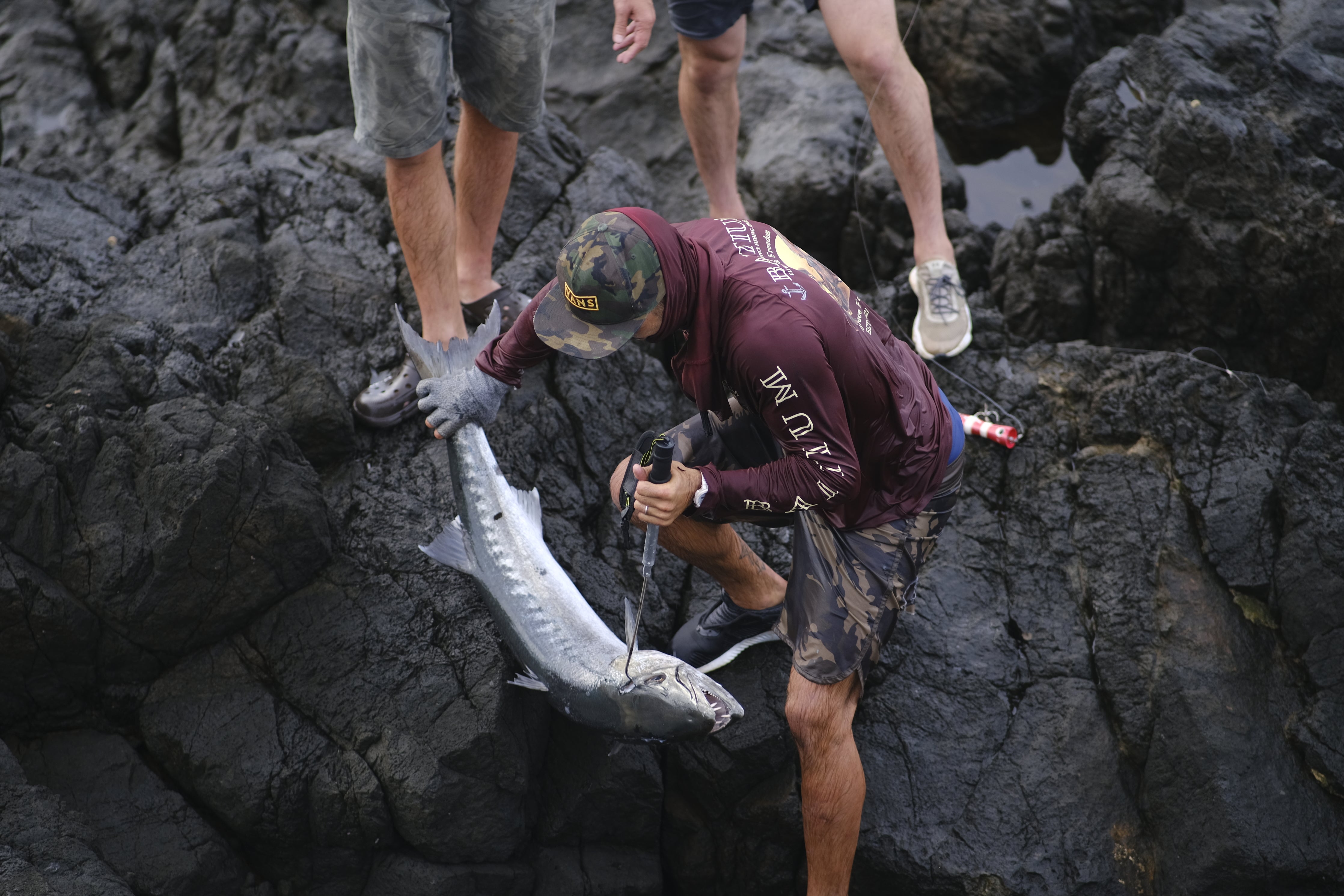Table of Contents
Learning a new hobby can be tough, and fishing is no exception. But with the right effort and time investment, you’ll be able to become a good angler in no time. Have a good foundation with the basics and then learn from experience.
Here are some tips to get you started with fishing.
Build the skillset
Technique is vital for any fisherman. Without it, you could actually get injured from all the equipment you’re handling. Most fishing-related injuries, after all, are either from piercing objects or falls. Therefore, knowing the ropes of fishing is a necessary step you have to take for success.
You can start with the simplest things, such as tying a knot, casting a rod, and landing fish. And later on, pick up other skills such as hooking and unhooking fish, proper catch and release, reading the water, and many others. There’s no need to master all of them immediately, but you should at least be able to do them well enough to be able to fish comfortably.
Find a spot
Ideally, you should find a fishing spot close to where you live for more convenience. To do this, you can either do a quick Google search, or better yet, use this tool by Take Me Fishing. Not only does it show you the best fishing and boating spots in the US, it also lists down the fish species and fishing forecasts available for each area.
Get a license and fishing equipment
Before actually going fishing, though, buying a license should be in order. A fishing license is basically a document that lets you fish legally in certain areas. The licenses’ goal is to protect fish and the environment by limiting which species and how much fish anglers can catch.
You can buy a license online by checking out your state’s Fish and Wildlife Service, whose location you can check out through their site. But if you’d prefer to get one physically, you can buy a license from your local authorized tackle shops or Walmart.
When it comes to equipment, there’s a lot to consider, but you’ll eventually know what you need and prefer, depending on the kind of fishing you do. For starters, you should have the following: a rod and reel, a line, bobbers and floats, hooks, lures, and baits. Note that live bait is generally best for beginners, as they can attract fish better in most cases.
A basic consideration is lure color: always shoot for colors that blend in with the waters you’re fishing in. If you fish in multiple areas or in different times of day, this means having various bait colors in your tackle box to be ready for any situation. As I’ve written in a previous article, black, blue, and green are ideal for clear water, while yellow, orange, and green are more fitting to slightly stained ones. Muddy waters, however, would demand neon-like colors such as pink and orange.
Practice sustainability
Having a license is already one step toward being a responsible angler, but being ethical is a huge step further. Know the ins and outs of fishing conservation practices and make sure to follow them during every fishing trip. It helps ensure that future beginner anglers like you get the best fishing experience and environment possible.
Research fishing
With these tips, there’s always more than meets the eye. For example, despite the above recommendation to use live bait, there are still certain regulations that must be followed in using them. Licenses are priced differently per state as well, depending on whether you’re fishing in fresh or saltwater and their length of validity. On average, though, an annual fishing license will cost you around $25 for residents and up to $60 for an out-of-state license.
Similarly, each state has different laws when it comes to fishing. As you can see, there’s a lot of nuance to it, which is why doing your research is extremely important as an angler. Being informed will keep you out of trouble and ensure that your fishing trips run smoothly.
After checking out all of these tips, you should be ready to start fishing! But if you want to learn more, make sure to check out our blog.
MOST READ NEWS:
How To Use Your Fishing Records to Catch More Fish
Track your fishing trips, analyze patterns, and refine your techniques with a fishing log to catch more fish on every outing!
Solo Fishing Safety Tips: Stay Safe and Enjoy the Outdoors
Learn essential solo fishing safety tips: gear checklist, boat safety, emergency preparedness, weather monitoring & fishing location scouting. Stay safe on the water.
Secrets to Winter Fly Fishing Success
Master winter fly fishing with expert tips on trout behavior, essential gear, and proven techniques. Learn the secrets to catching more fish in cold weather.
How Cold Water Changes Fish Behavior: Insights for Anglers
Explore how cold water affects fish behavior and fishing techniques, enhancing your angling success and strategy.
Is Tech Making Fishing Too Easy? Exploring Forward-Facing Sonar (FFS)
Learn about forward facing sonar in fishing - what it is, how it works, rules for tournaments, ethics, and tips for finding fish with this game-changing technology.
Plan Your Best Fishing Trip Yet this 2025: A Complete Guide
Plan your fishing trip this off-season. Learn to choose destinations, prep gear, pick bait, and trust Baitium for expert tools and tips!
15 Fishing Resolutions for 2025: Set Yourself Up for Success
Discover 15 essential fishing resolutions for 2025: tackle organization, gear maintenance, angling techniques, conservation tips, tournament prep, and fishing safety guidelines.


